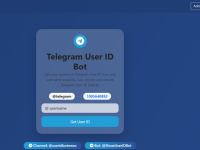In today’s world, technology plays a big part in how we learn. The role of technology in education has become increasingly important. Schools and teachers now use more tech tools to help students learn better and faster. This change is helping both teachers and students in many ways.

Easy Access to Information
Technology makes it simple to find information. With the Internet, students can look up facts, videos, and books in just seconds. Websites like Google Scholar and learning apps like Coursera and edx give students free access to lessons from top schools. Now, students don’t need to rely only on textbooks. The role that technology plays in their education allows them to learn in many ways that fit how they like to study.
Fun and Interactive Learning
Tech tools make learning more fun and exciting. Smartboards, virtual reality (VR), and learning games help students stay interested. For example, VR can show students what ancient places looked like or let them do science experiments online. The role of technology in education includes making learning feel like play, which keeps students motivated.
Learning at Your Own Speed
Technology helps students learn in a way that suits them best. Some apps watch how students do on lessons and give them more practice where they need help. This way, students can take their time and feel good about what they’re learning. This role of technology assists them in doing better in school and builds their confidence.
Working and Talking Together
Technology also makes it easier for students and teachers to talk and work together. Tools like Google Classroom, Microsoft Teams, and Zoom let people share ideas and get feedback right away. Students can work on group projects even if they are not in the same place. The role of technology in education also enables teachers to share tips and support each other.
Getting Ready for the Future
Using technology in school helps students prepare for future jobs. Many jobs now require tech skills, so it’s important for students to learn how to use these tools early. By embracing the role of technology, students learn how to think, solve problems, and be creative.


















0 Comments